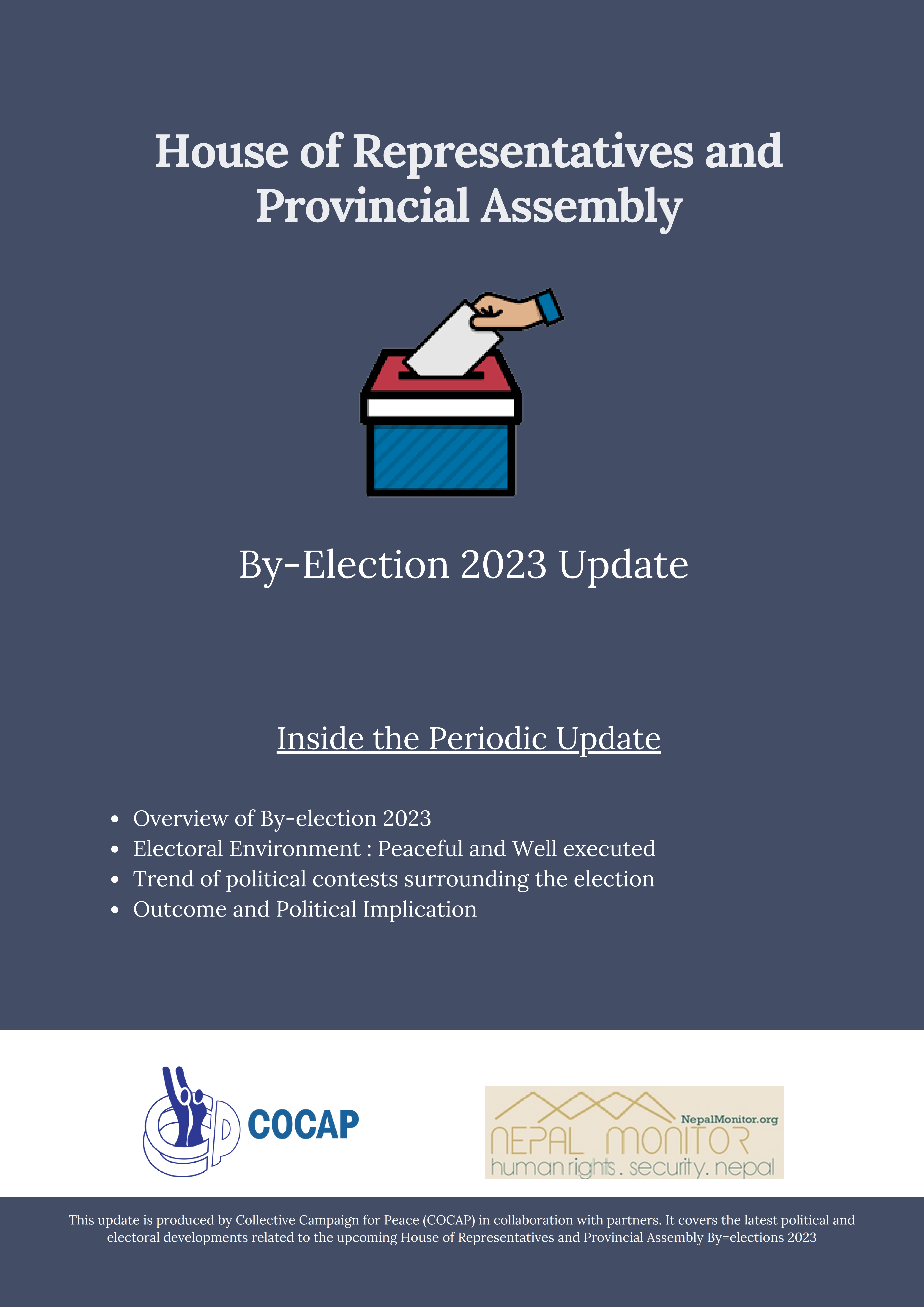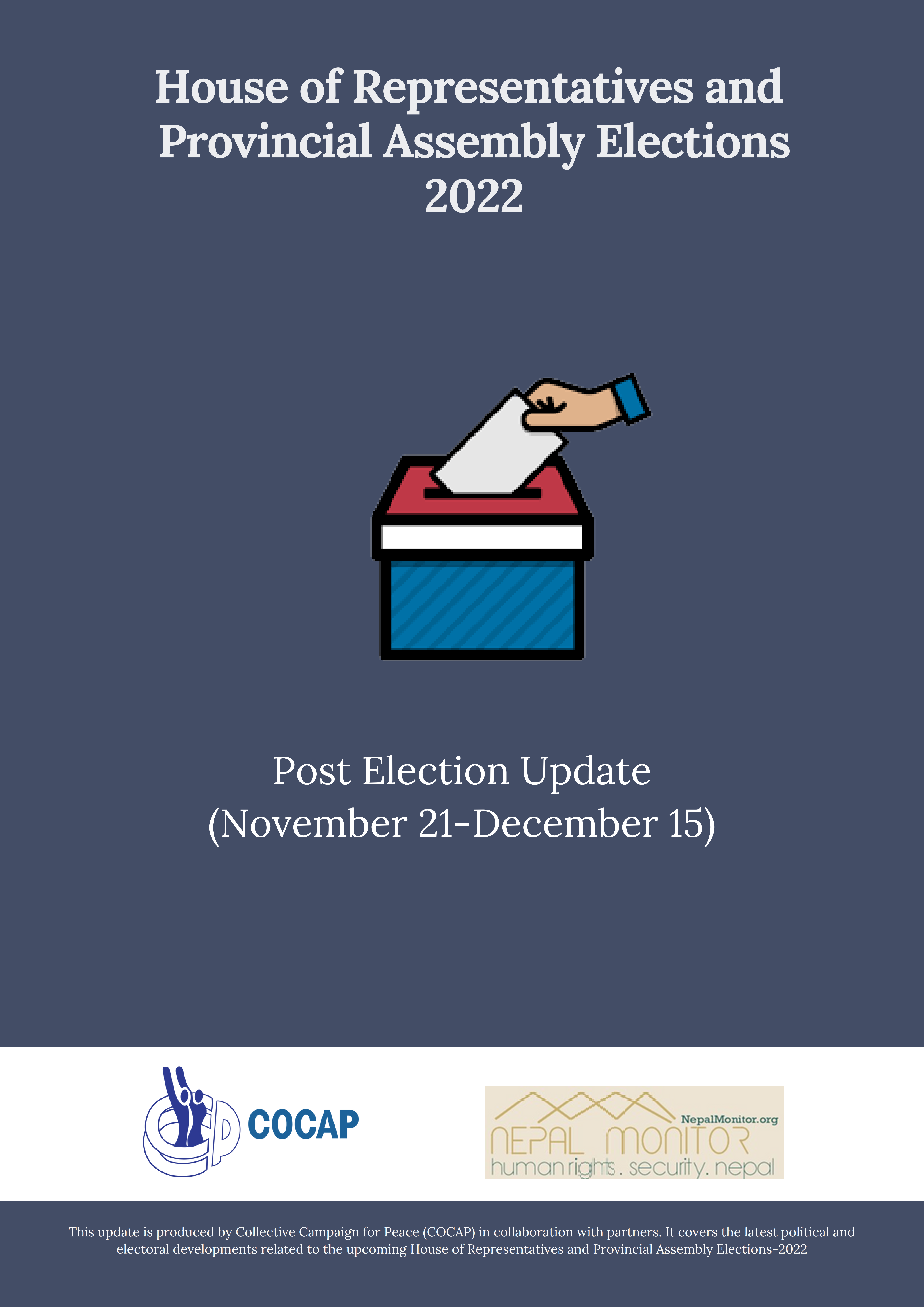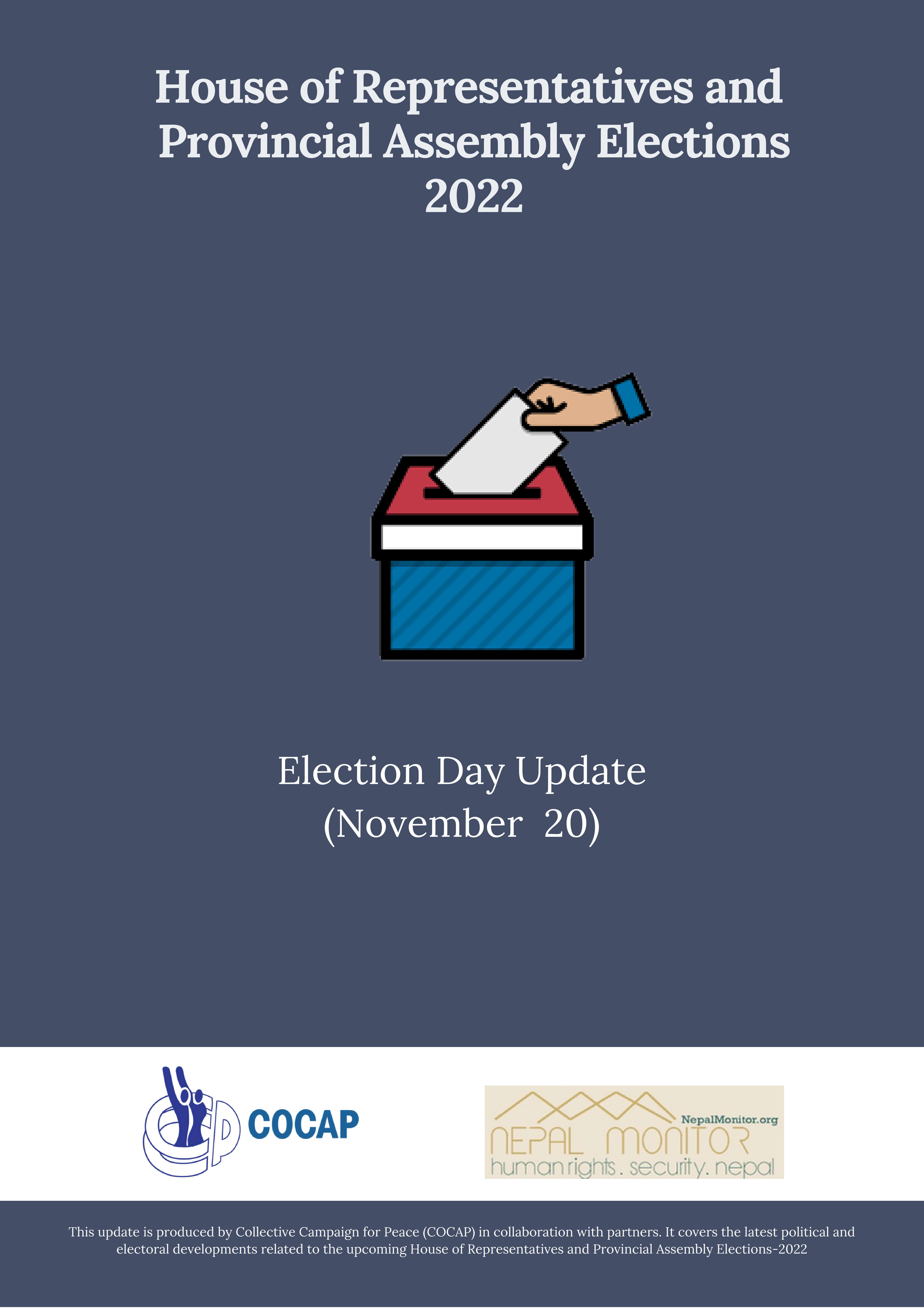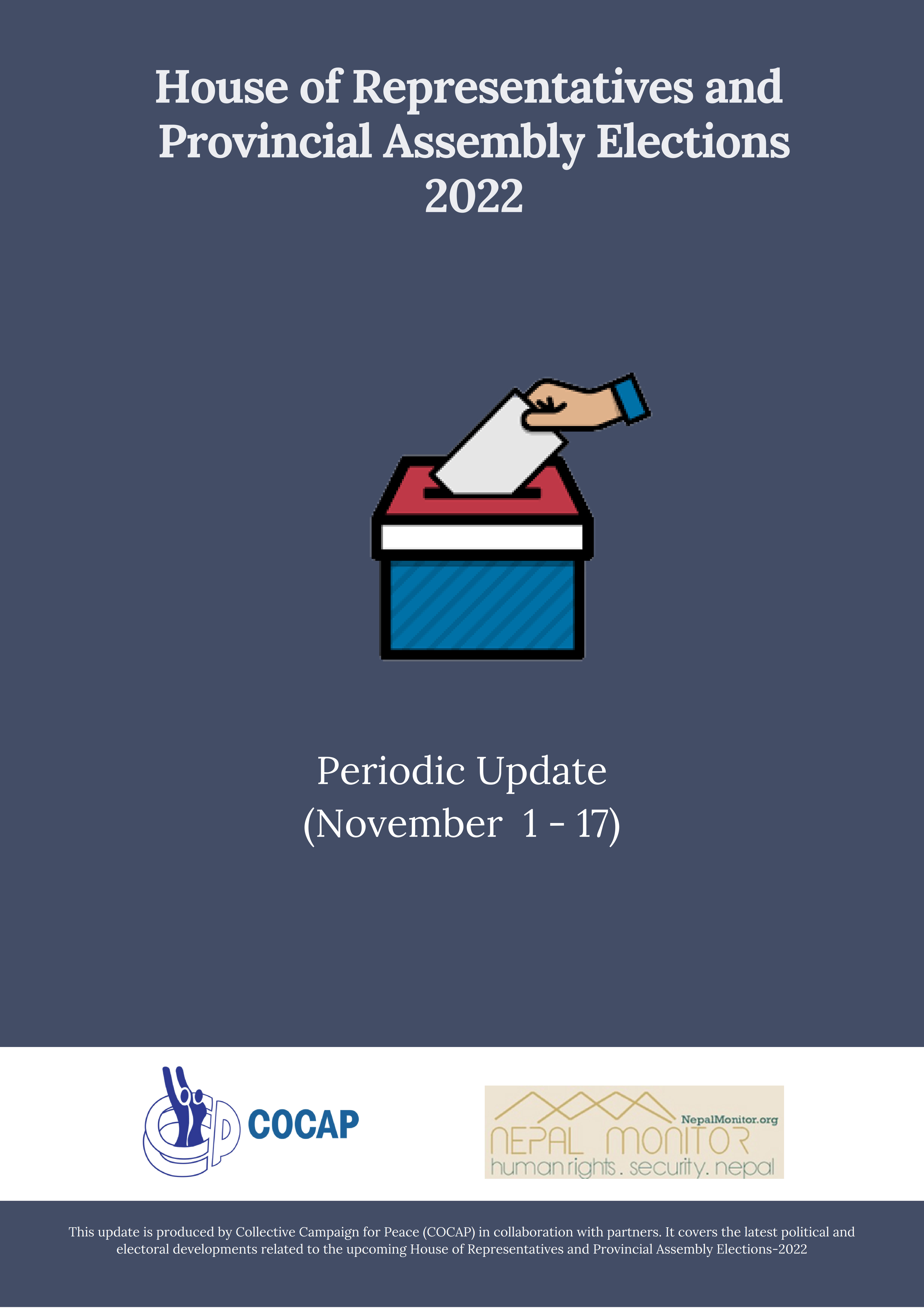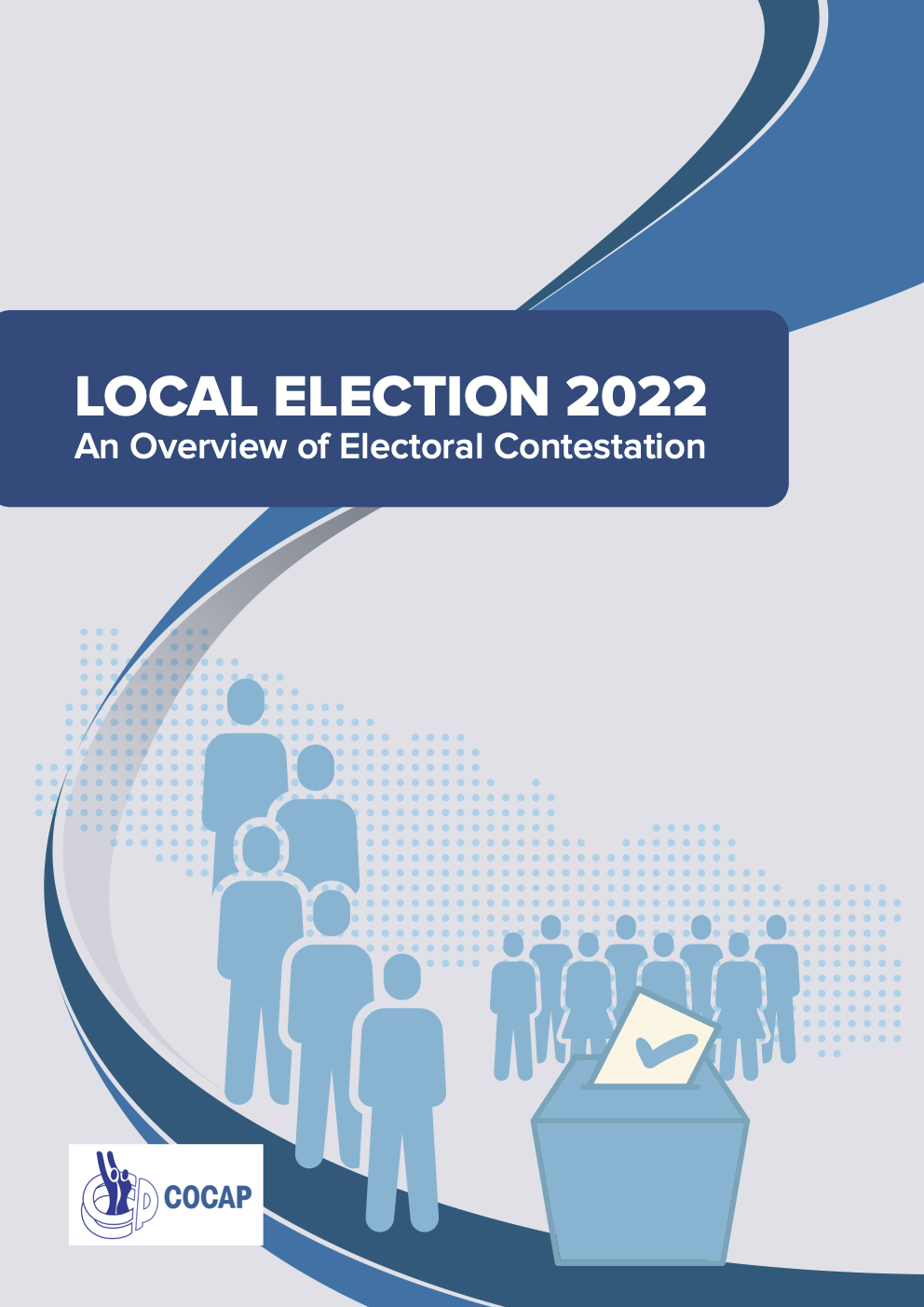Incident Reports
Protests for ‘undivided’ Jhapa-Morang-Sunsari
2015-11-25
Province 1, Sunsari, Inaruwa, Ward 6
Just as the Samyukta Loktantrik Madhesi Morcha continues its protests in the East with one of its demands that parts of Jhapa, Morang and Sunsari districts be included in a Madhes province, voices of an ‘undivided Jhapa-Morang-Sunsari’ have started to emerge strongly.
Civil society leaders, politicians, lawmakers and representatives of several other organisations are staging demonstrations in Birtamod, Biratnagar and Itahari areas, demanding that Jhapa, Morang and Sunsari districts should remain a part of the same province. The three districts are part of State 1.
A few days ago, UCPN (Maoist) Chair Pushpa Kamal Dahal proposed to divide the districts on the basis of Hill and Madhes origin population and separate them between State 1 and State 2.
State 2 comprises eight districts with all of them bordering India but none of them touching the northern border.
Following Dahal’s proposal, which was floated as part of his ‘efforts to find a middle path’ to end the ongoing stalemate, many people living in Jhapa, Morang and Sunsari have been calling for keeping the three districts in one province.
Sanghiya Limbuwan Party Nepal (SLPN), which has been demanding that the three districts be included in Limbuwan state, has denounced the idea of ‘splitting the districts’. SLPN Secretary Premdip Thamsuhang blamed leaders ‘for spreading rumours of splitting the districts’.
The ‘undivided’ demand in the East is akin to a campaign in the Far West that was first launched in 2012, in which people had protested against dividing Kailali and Kanchanpur between two provinces. The ‘undivided Far-West’ campaign had then resulted in strikes and clashes with Tharus in the region, who opposed the idea of ‘undivided Far-West’.
Another group in the East—Kochila Ghavur Front, on the other hand, is demanding a separate Kochila state combining Jhapa, Morang and Sunsari districts.
With the voices for ‘undivided Jhapa-Morang-Sunsari’ growing stronger amid stepped up protests by the SLMM, experts here in the region say there is a
need to look into demographics seriously.
Professor Bimal Nepal says there is a sizeable population of people of Hill origin in the said three districts.
According to the 2011 national census, 54.63 per cent of people living in the districts are of Hill origin and Tharu, Muslims, Marwadi and Madhesi communities account for remaining 44.6 per cent. The population of people of Hill origin is significant in Jhapa compared to Morang and Sunsari. In Morang, people of Hill origin and those from Madhesi communities are somewhat equally divided, but in Sunsari, people of Hill origin account for 43 per cent. “The overall demographics of the three districts have been changing due to migration trends,” said Professor Nepal.
Mahesh Regmi, Morang district chairman of CPN-UML, said it is not possible to split Morang from State 1.
“We cannot separate Biratnagar from the state as it is one of the major financial and historical cities in the country,” he said. Similarly, Nepali Congress Morang district secretary Yadu Bista said ‘we will not accept the proposal of inducting Morang in State 2’.
Bhakti Majhi, Morang district chairman of the Madhesi Janaadhikar Forum-Loktantrik, said forming a separate province comprising Jhapa, Morang, Sunsari, Siraha, Saptari and Udayapur districts could help resolve the problem.
Jhapa, Morang and Sunsari in the East and Kailali and Kanchanpur in the West have been the major bone contention when it comes to the seven-province federal model.
Details and Impacts
| Violent / Non-violent | Nonviolent |
| Primary Form | Demonstration |
| Primary Cause | Contestation over Constitution and federal restructuring |
| Actor 1 - Number of people | More than 100 |
| Actor 1 - Affiliations | Protesters/demonstrators |
| Actor 1 - Youth | na |
| Actor 2 - Number of people | n/a |
| Actor 2 - Affiliation (Target) | Government and civil servants at central level |
| Actor 2 - Youth | na |
National/Online Media
Related Reports
Political / Bhaktapur
Nepali Congress Suryabinayak municipality-2's ward chairperson and his son physically assaulted by a group of unidentified people
May 05, 2025
Political / Kathmandu
Demonstration staged against MCC in capital by Netra Bikram led NCP
August 27, 2023
Political / Sunsari
Peace rally organized demanding protection of cow concludes with a corner meeting in Itahari
Province 1, Sunsari, Itahari
August 25, 2023
Political / Kathmandu
ANNIFSU and NSU cadres resort to khukuri attack during a fight at a campus in Kathmandu
August 09, 2023
Political / Rautahat
Chandrapur of Rautahat picketed demanding action against those involved in Gaur massacre
July 29, 2023
Political / Kailali
A group attacks CPN UML cadres with khukuri in Kailali
Sudurpashchim, Kailali, Tikapur
July 11, 2023
